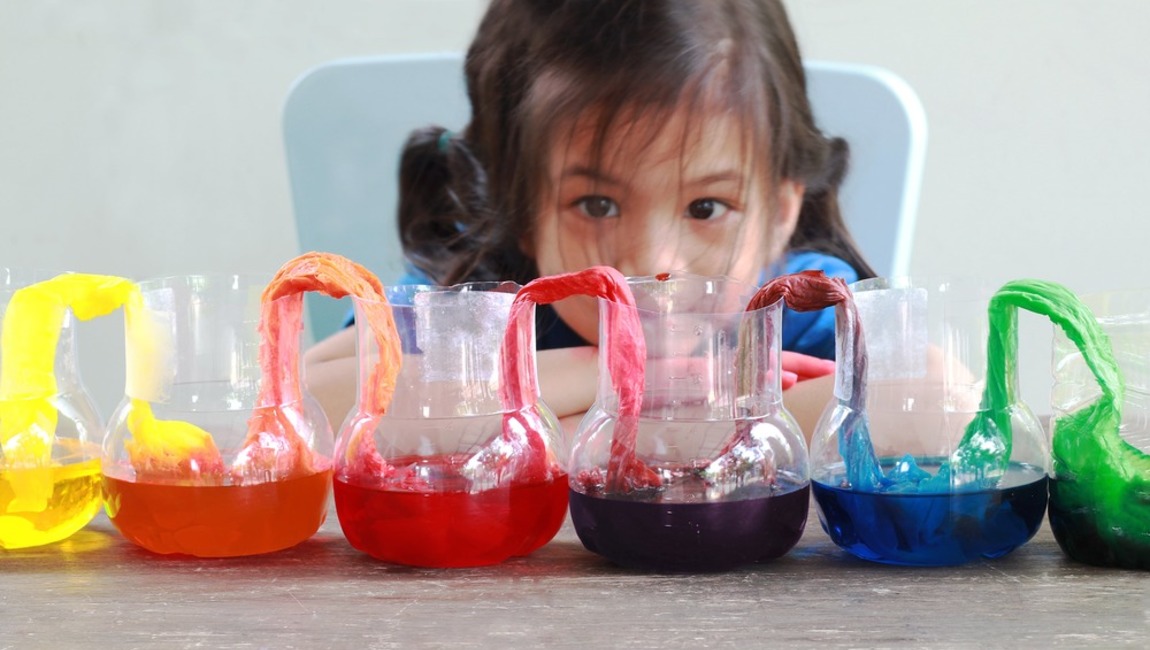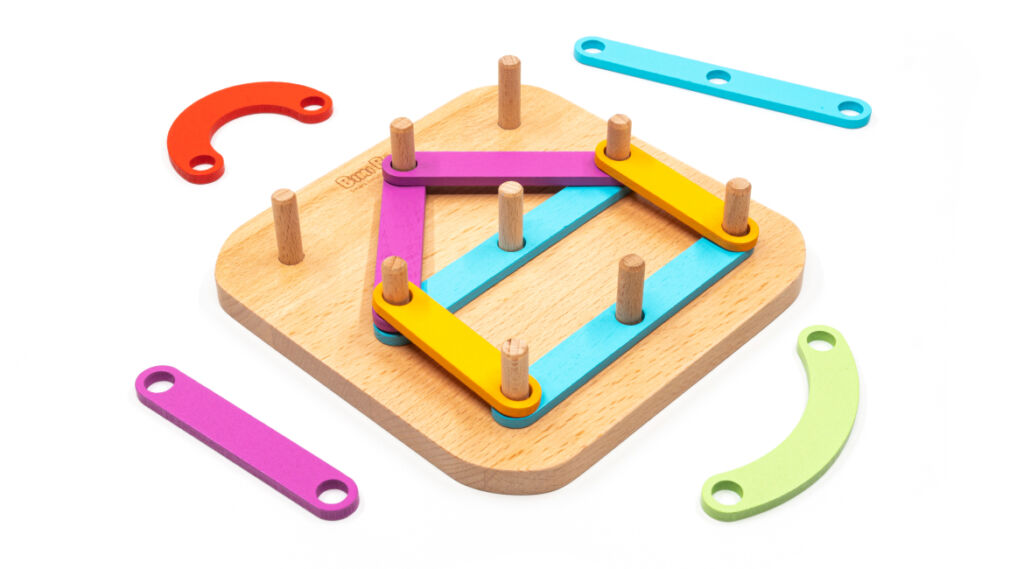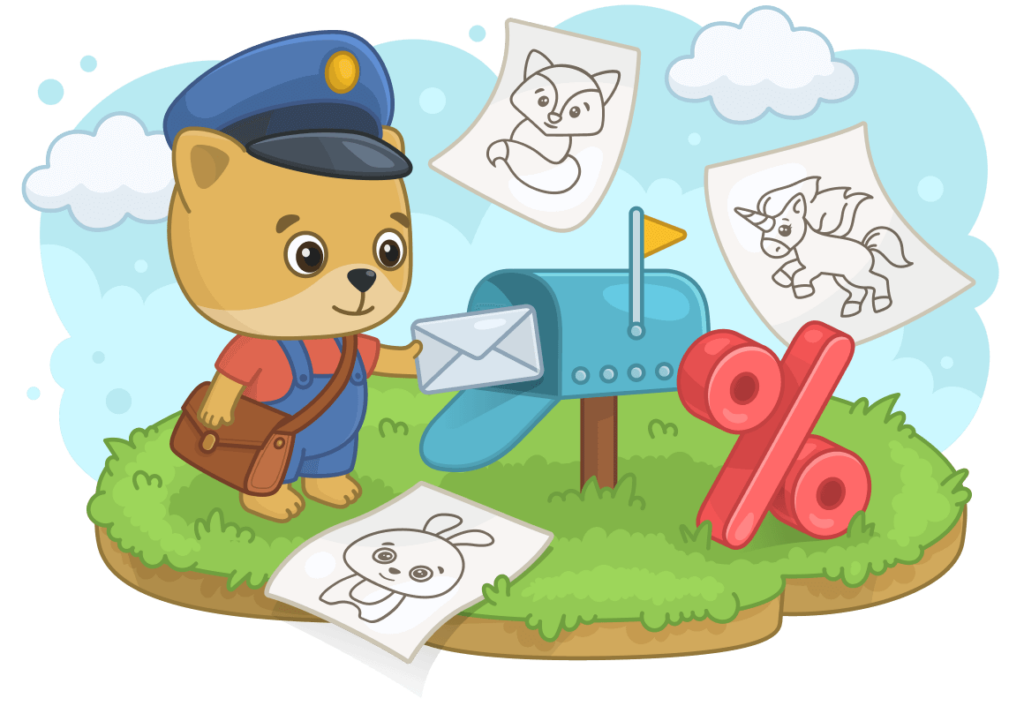The cool thing about science is how it explains the world around us and helps with problem-solving.
However, children find it challenging to understand science and connect it to their everyday life.
Hence, the need for science experiments. These simple and fun activities give children a better understanding of science.
Practical methods such as science experiments are the perfect way to get your child excited about their school work.
Different Ways to Get Your Kids to Enjoy Science
To many kids, science is more of a chore than a fun and enjoyable learning experience.
If your child feels this way, they will miss out on all the benefits science, and its experiments have to offer.
Here are ways to help your little one grow to love science.
1. Through Interactions with Animals
Domesticated animals and pets have so much to teach your child about biology, evolution, and animal behaviour.
If your child is an animal lover, you can either use their pets, fun videos and articles to explain abstract biology terms to them, which will, in turn, keep them interested.
2. Explore The Outdoors
Outdoor settings such as your backyard are the perfect spot to explain how the ecosystem works.
A perfect example is using a squirrel and a tree to explain the food web and how feeding works in living organisms.
3. Use a Microscope
Purchasing a microscope will allow your kids to view the microscopic world and understand how germs are transmitted.
4. Movies and Games
Many educational movies, games, and documentaries can make science appealing to children.
However, ensure the movie/game ratings are appropriate for your child’s age before allowing them to view.
5. Try Science Experiments at Home
Another way to get your child interested is via science experiments. Fortunately, you likely have everything your child needs for the activity at home.
However, if you lack essential items, don’t be afraid to experiment with what you have!

Science Experiments Your Child Will Enjoy
Parents are always on the lookout for exciting activities for their kids — be that the newest children’s show or children-friendly games.
But what about educational activities to sharpen their minds?
These fun science experiments below allow kids to get messy whilst learning some of the basic principles of science.
These fun experiments below are the perfect substitute for screen time from an erupting volcano to a naked egg.
1. Naked Egg
Using a spoon, gently place an uncooked egg in a bowl of white vinegar. The acid will slowly dissolve the calcium carbonate eggshell break.
The experiment takes approximately three days for the shell to be completely broken down, so your kids will need patience.
The naked egg experiment is an excellent and intriguing way to explain osmosis and acid-base reactions to children.
2. Volcano
There are different creative ways children can make their volcano at home. It is best to carry out this experiment outdoors because of the dirt used.
You can create a simple volcano-shaped with paper-mâché or a dome filled with dirt.
Inside the homemade volcano of choice, add two tablespoons of baking soda, a tablespoon of dish soap and about six drops of food colouring.
The idea is for your children to have fun, so let them pick the colours they want.
For a volcanic eruption, add two ounces of white vinegar to your mix and quickly step aside.
The vinegar addition is to replicate the pressure that builds up in nature for a volcano to erupt.
3. Water Walking
For this one, you will require six containers of water— three bottles with clear water, one with blue food colouring, one with red colouring, and one with green colouring.
Arrange them in a circle, alternate the coloured and clear containers, and make bridges between each container with a folded paper towel.
Children will be amazed to see the magic of capillarity when each colours mix.
4. Instant Ice
Mesmerize your little scientists by turning water into ice. The secret is to pour almost frozen water over ice placed on an overturned ceramic bowl.
In seconds, children can see the transformation between the ice and liquid states of water.
Also, they get to visualize how ice crystals are created.
5. Egg in a Bottle
Can a hard-boiled egg fit into a container without being smashed into a big mess? Yes, it can, but only if a burning paper is placed in the bottle first.
Keeping a burning paper in the bottle allows the air to expand, increasing the pressure.
When the fire runs out of oxygen, the temperature inside the bottle cools and the air contracts.
In so doing, the egg is sucked into the bottle opening. The fire and the sucking of the egg make this a great and fun experiment.
6. Vegetable Battery
Although vegetables do not have electricity, they have electrolytes that make it possible for current to transfer between metals.
You can use the classic version that requires a lemon, a galvanized nail and a copper coin connected to a light bulb.
Or, opt for using only different vegetables and metals to recreate this experiment.
If you want your child to have a more precise result, you can measure the voltage of the current using a multimeter tool.
Benefits of Science Experiment for Kids
Irrespective of your child’s age, it is vital they get involved with science experiments as it is very beneficial for their growth and development.
Here are three things science experiment teaches your little ones:
1. The Proper Use of Tools
They learn how to use the equipment correctly and its functions. Scientific equipment includes magnifying glasses, magnets, googles, and microscopes.
2. Improved Critical Thinking
Their critical thinking skills are improved during the science experiment. They learn how to question appropriately by asking the why, how, and what questions.
3. Explorative Thinking
Once they get the hang of experiments, kids will explore various ways to get results from science.
Explorative thinking and problem-solving is beneficial as it exercises their brain cells and aids its development.
Conclusion
Your child’s safety is of utmost importance during any of the experiments. Always ensure they wear goggles and coats or aprons.
Also, during the experiments, adult supervision is needed, especially if the projects involve chemicals or fire.
Endeavour to do only the experiment that you feel are safe and ideal for your kids.


